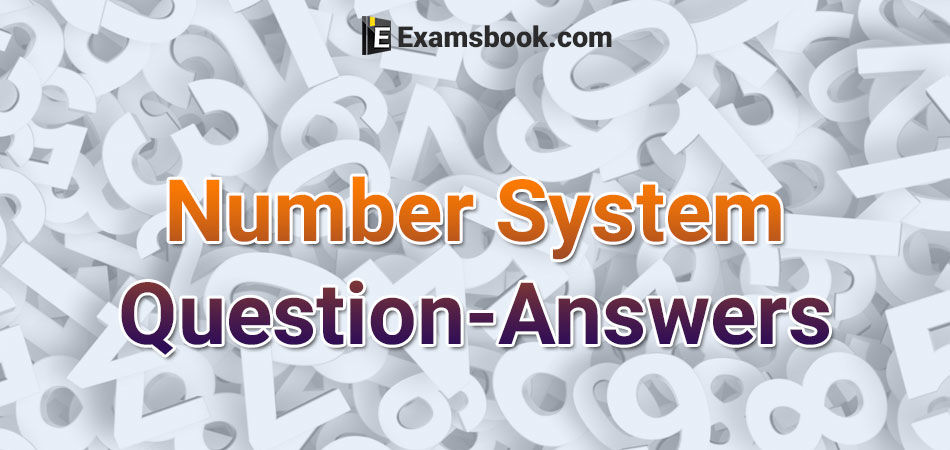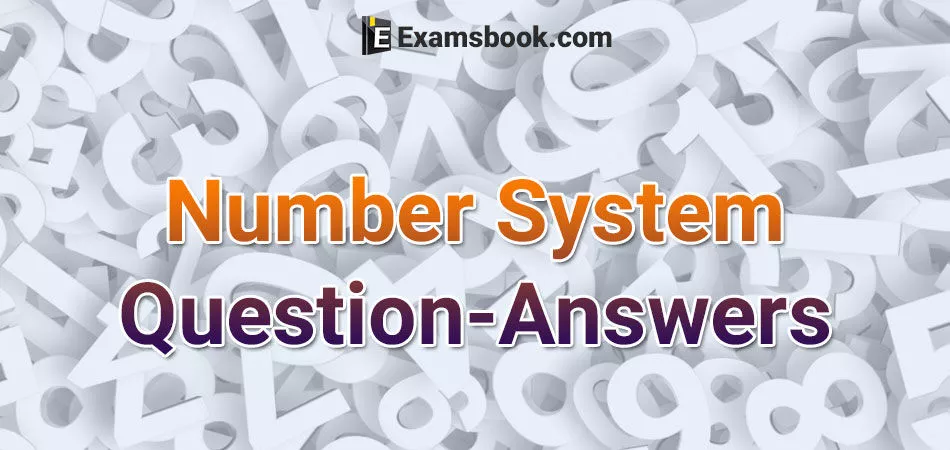


Q.31. The input hexadecimal representation of 1110 is _______________
(A) 0111
(B) E
(C) 15
(D) 14
Q.32. Which of the following is not a binary number?
(A) 1111
(B) 101
(C) 11E
(D) 000
Q.33. Convert the binary number 11001 to decimal. The answer is
(A) 25
(B) 13
(C) 3
(D) 4
Q.34. Convert the binary number 11011 to hexadecimal
(A) 1A
(B) B1
(C) 1B
(D) 2B
Q.35. Convert the hexadecimal number 2C to decimal
(A) 3A
(B) 34
(C) 44
(D) 55
Q.36. Cumulative addition of four bits ( 1 + 1 + 1 + 1 ) gives
(A) 1111
(B) 111
(C) 100
(D) 1001
Q.37. Difference between binary coding and binary coded decimal is
(A) binary coding has a decimal format
(B) BCD has no decimal format
(C) binary coding is pure binary
(D) BCD is pure binary
Q.38. Convert binary 01001110 to decimal.
(A) 4E
(B) 78
(C) 76
(D) 116
Q.39. The octal numbering system:
(A) simplifies tasks
(B) groups binary numbers in groups of 4
(C) saves time
(D) simplifies tasks and saves time
Q.40. Convert the following octal number to binary.
768
(A) 1101112
(B) 1111102
(C) 1111002
(D) 1001112
You can ask me anything related to computer number system questions and answers in the comment box. Visit on next page for more practice of computer number system questions.
Get the Examsbook Prep App Today